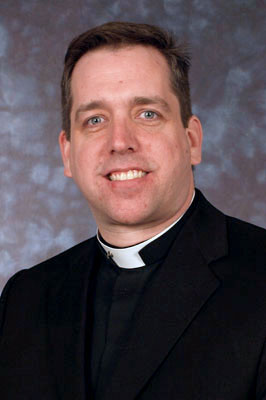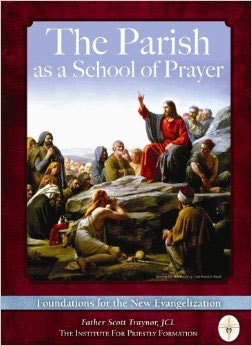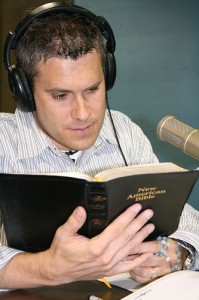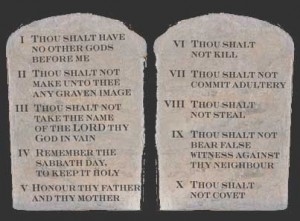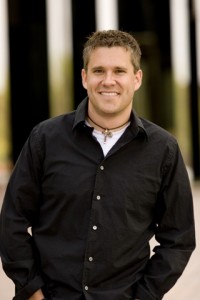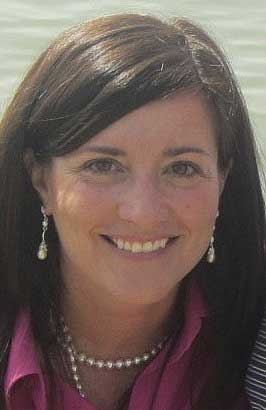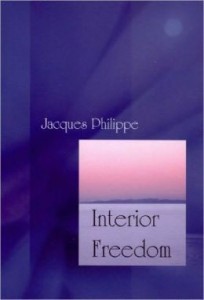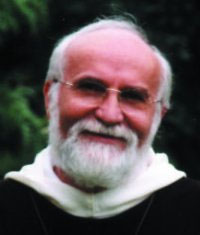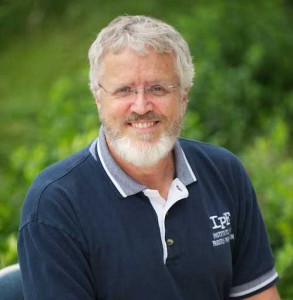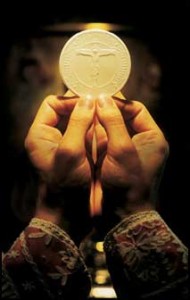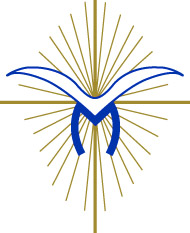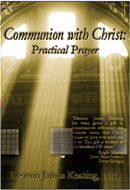SP#8 The School of Prayer: Foundations for the New Evangelization
Podcast: Play in new window | Download (Duration: 42:00 — 38.5MB) | Embed
Subscribe: Apple Podcasts | Spotify | Amazon Music | Android | Pandora | iHeartRadio | JioSaavn | Podchaser | Gaana | Podcast Index | Email | TuneIn | Deezer | Anghami | RSS | More
Fr. Scott Traynor talks about the relationship between our personal prayer and the sacramental life of prayer of the Church. There is so much to encounter when we open up our hearts and minds to the experience of prayer found in the public worship of the Church. Using the “ARRRR” method (Acknowledge, Relate, Recieve, and Respond) to enhance our prayer during the liturgy.
In Father Scott Traynor’s book, Blessed John Paul II’s memorable call to make of the parish a school of prayer takes on flesh and becomes concretely attainable. Those you read these faith-filled pages will find renewed desire to create such parishes and a clear road-map toward this goal.
–Father Timothy Gallagher, OMV
Father Scott Traynor received his STB from the Pontifical Gregorian University and his JCL from Catholic University of America. He has been an instructor and spiritual director for many of the programs at the Institute for Priestly Formation.
Father Traynor is a retreat master and spiritual director who has travelled the country as a speaker at various conferences, diocesan gatherings and national conferences.. He is especially sought after to present on the topics of prayer, discernment and priestly identity and mission.
He serves the Rector of the St. John Vianney Theological Seminary in Denver Colorado.

